Books on Jallianwala Bagh that will stir your soul
TIMESOFINDIA.COM | Last updated on - Apr 13, 2020, 15:54 ISTShare fbsharetwsharepinshareComments (0)
01/8Books on Jallianwala Bagh that will stir your soul
)

13th April, 1919, marks the 101st anniversary of the Jallianwala Bagh massacre that took place when General Reginald Dyer ordered his British troops to fire at a crowd of peaceful unarmed protestors in Amritsar’s Jallianwala Bagh.
The Jallianwala Bagh massacre is one of the most brutal and gruesome massacres in the Indian history that not only resulted in the death of hundreds of people but also scarred an entire generation for life. While many have orally narrated and passed on their stories to their successors, others have recorded and compiled them into books.
To understand the severity of the event and to pay tribute to the martyrs, here are some books on the Jallianwala Bagh massacre you can read.
02/8“Jallianwala Bagh, 1919: The Real Story” by Kishwar Desai
)

“Jallianwala Bagh, 1919: The Real Story” is a detailed account of the massacre that shook the entire nation. The book not only emphasizes on the brutality of the event but also explores the various reasons that lead to that inauspicious day. Based on the reports of many historical datas, the book provides information regarding General Dyer’s actions and their consequences.
Photo credit: Context
03/8“Khooni Vaisakhi: A Poem from the Jallianwala Bagh Massacre, 1919” by Nanak Sigh, translated by Navdeep Suri
)

The book is a collection of poems by Nanak Singh, who was also a part of the peaceful protests at the Jallianwala Bagh. Having lived through the massacre, he started writing these poems as a form of resistance and protest against the oppressions of the colonizers. This book of poems has also been translated by Navdeep Suri.
Photo credit: Harper Perennial India
04/8“Jallianwala Bagh: An Empire of Fear and the Making of the Amritsar Massacre” by Kim A. Wagner
)

The book looks at the Jallianwala Bagh massacre in a different light that not only explores the tragic event but also emphasizes on the causes and the outcome of the massacre. Wagner goes on to argue that the massacre was only triggered due to the fear lurking into the minds of the colonisers, especially General Dyer.
Photo credit: Penguin Viking
05/8“Jallianwala Bagh: A Groundbreaking History of the 1919 Massacre” by V. N. Datta
)

With the help of primary sources and oral testimonies by the survivors themselves, the book is a detailed description of the events that took place at the Jallianwala Bagh on 13th April, 1919. A well-researched account of one of the bloodiest days in the history of India, the book also explores the causes, nature and impact of the event on the lives of the people.
Photo credit: Penguin
06/8“The Case that Shook the Empire” by Raghu Palat and Pushpa Palat
)

The book deals with the after-events of the Jallianwala Bagh massacre, wherein Sir Michael O'Dwyer, the former Lieutenant Governor of the Punjab, who had crafted the entire massacre, filed a defamation case afgainst Sir Chettur Sankaran Nair for publishing a book that depicted the major atrocities committed by the British empire. The book delves into the reports and court proceeding that unfolded the details of the massacres in public.
Photo credit: Bloomsbury India
07/8“Eyewitness at Amritsar: A Visual History of the Jallianwala Bagh Massacre” by Amandeep Singh Madra and Parmjit Singh
)

One of the bloodiest events in the Indian history, Amandeep Singh Madra and Parmjit Singh bring to their readers not only a written account of the Jallianwala Bagh massacre but also provide a rich visual of the events. Covering not only the massacre, the book provides a chronological narrative of eyewitness accounts along with their actual images.
Photo credit: KASHI HOUSE
08/8“The Patient Assasin” by Anita Anand
)

The book narrates the story of a man named Udham Singh, who waited patiently for over twenty years to avenge the killings of his brothers and sisters during the massacre of Jallianwala Bagh. Author Anita Anand retraces Singh’s journey from Africa to America to Europe, until he finally comes across Michael O’Dwyer himself. The book not only offers the details of the mass murder at Amritsar but also depicts one man’s dedication to avenge the injustice of the past.
Photo credit: Simon & Schuster













































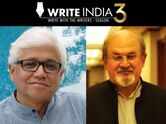
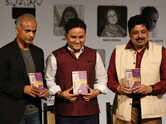
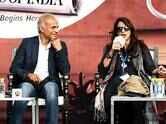
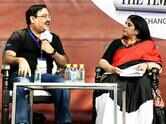
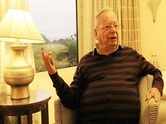



















closecomments
SIGN IN WITH
FacebookGoogleEmail